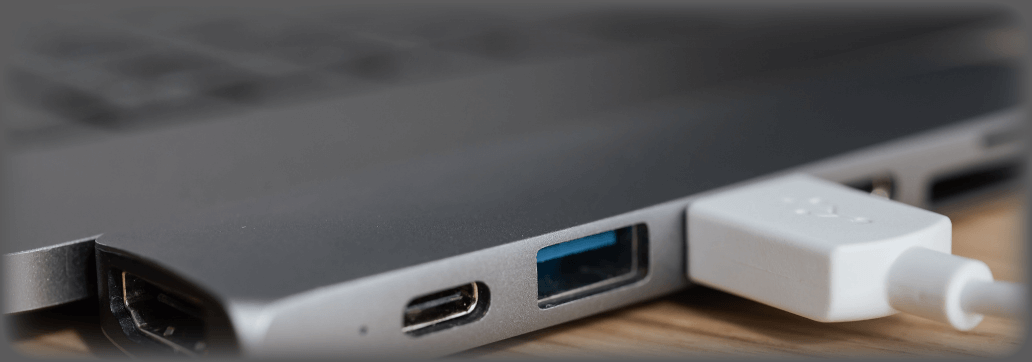Contents:
According to Honeywell Cybersecurity Research, USB threats that can severely affect business operations grew notably during a disruptive year when the usage of removable media and network connectivity also increased.
The study shows that 37% of threats were specifically designed to utilize removable media, which nearly doubled from 19% last year.
USB Threats Could Critically Affect Operational Technology (OT) Environments
According to the study, 79% of cyber threats deriving from USB devices or removable media could cause serious business disturbance in the operational technology (OT) environment.
Nevertheless, there was a 30% growth in the utilization of USB devices in production facilities last year, highlighting the increasing need for removable media.
The report was based on aggregated cybersecurity threat data from hundreds of industrial services all over the world in the course of a year.
Besides the USB attacks, the study indicates an increasing number of cyber threats such as remote access, Trojan malware, and content-based viruses can cause critical disruption to industrial infrastructure.
According to the report, almost a third of threats were trojans, and a bit more than half of the threats initiated remote access.
Eric Knapp, director of cybersecurity research for Honeywell declared:
USB-borne malware was a serious and expanding business risk in 2020, with clear indications that removable media has become part of the playbook used by attackers, including those that employ ransomware.”
Because USB-borne cyber intrusions have become so effective, organizations must adopt a formal program that addresses removable media and protects against intrusions to avoid potentially costly downtime.
Numerous industrial and operational technology systems are air-gapped or disconnected from the internet in order to keep them safe from cyberattacks. Attackers are employing USB devices and removable media as an initial attack vector to penetrate networks and make them vulnerable to big attacks.
As stated by Eric Knapp, cybercriminals are loading more advanced malware on plug-in devices to directly harm their victims via highly developed coding that can generate backdoors to establish remote access.
In order to minimize the risk of USB threats, Honeywell suggests that businesses use multiple layers of OT cybersecurity software products and services.


 Network Security
Network Security
 Vulnerability Management
Vulnerability Management
 Privileged Access Management
Privileged Access Management
 Endpoint Security
Endpoint Security
 Threat Hunting
Threat Hunting
 Unified Endpoint Management
Unified Endpoint Management
 Email & Collaboration Security
Email & Collaboration Security










